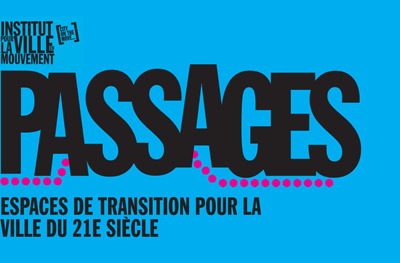Coordination in Bogota
UNIVERSITIES IN PARTNERSHIP
Universidad de Los Andes, Architecture and urban planning department (project and theory) ; Pontificia Universidad Javeriana (workshop on public space) ; Universidad Nacional de Colombia Sede Bogotá (Project)
Steering committee
Isabel Arteaga, Claudia Mejía, Camilo Salazar (U. Andes), Germán Ramírez (U. Javeriana) andXiomara Mojica, Tatiana Urrea (U. Nacional)
International experts
Eleni Gigantes (AAA, London, United Kingdom, Greece).
Anton Salvadó (Estudio STEM, teacher at the shool of architecture of Barcelona, Spain and Reus).
National experts
Leonardo Alvarez, Carolina Blanco, Lorenzo Castro, Edgar Duarte, Hernán González, Maria Elvira Madriñán, Amparo Martínez, Mario Mayorga, Susana Morales, Daniel Páez, Germán Ramirez, Eduardo Restrepo, Maria Cristina Rojas, Claudio Rossi, Viviana Rozo, Fernando Rubio.
OTHER PARTNERSHIPS
Institut for Urban Development
Rogelio Salmona Fundation (Maria Elvira Madriñan, Director)
